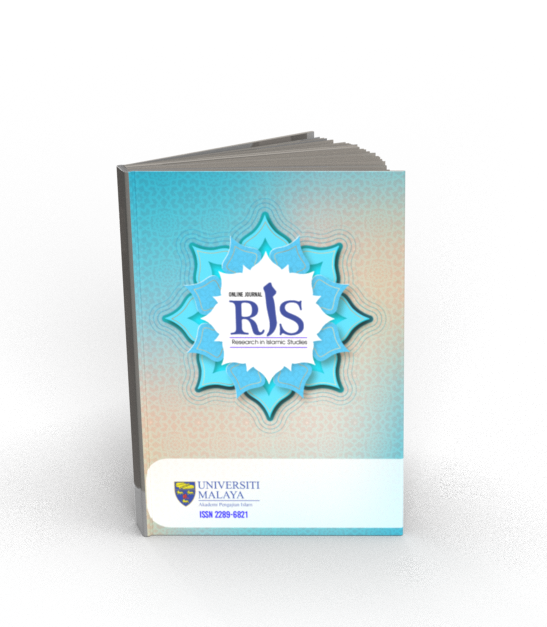Main Article Content
Abstract
A branch of the Al-Qaeda armed terrorist organisation, Al-Qaeda in the Arabian Peninsula (AQAP) was founded by Osama bin Laden to fight the Soviet Union during the Afghan War. This group persisted in opposing Islamic authorities who were viewed as corrupt because of their alliance with Western nations like the United States after the Soviet Union left Afghanistan in 1989. From 2009 to the present, the Republic of Yemen has seen chaos and violence brought on by AQAP, which is led by Nasir al-Wuhayshi. One of the factors causing Yemen's geopolitical instability is AQAP's resistance. This article examines AQAP's role and how it affects Yemen's geopolitical instability. Data collection and data analysis are the two main methods that were used. In this study, documentation approaches were used to obtain any relevant data. The thematic analysis was utilised to analyse the data. As a conclusion, the study's findings support the role of AQAP as one of the factors causing geopolitical instability in Yemen. This finding is notable when compared to research done by other academics and based on the information provided.
Keywords
Article Details
Copyright (c) 2023 Online Journal of Research in Islamic Studies

This work is licensed under a Creative Commons Attribution-NonCommercial-ShareAlike 4.0 International License.
Copyright Notice
By submitting manuscripts to the Online Journal of Research in Islamic Studies (RIS), authors agree to transfer copyright to the journal. However, authors may republish their work or grant others permission to republish it; in which case it should be accompanied by a proper acknowledgment that the work was originally published in the Online Journal of Research in Islamic Studies (RIS). The journal adopt CC-BY-NC licence which authors may also share and distribute their article anywhere of non-commercial website, social media and repositories immediately on publication.
Authors may also reuse the Abstract and Citation information (e.g. Title, Author name, Publication dates) of their article anywhere at any time including social media such as Facebook, blogs and Twitter, providing that where possible a link is included back to the article on the journal site.
